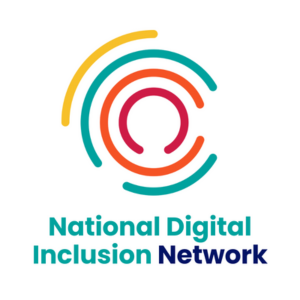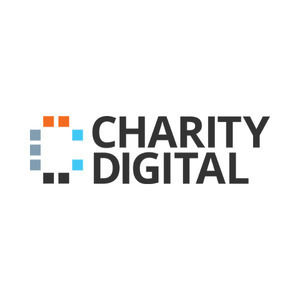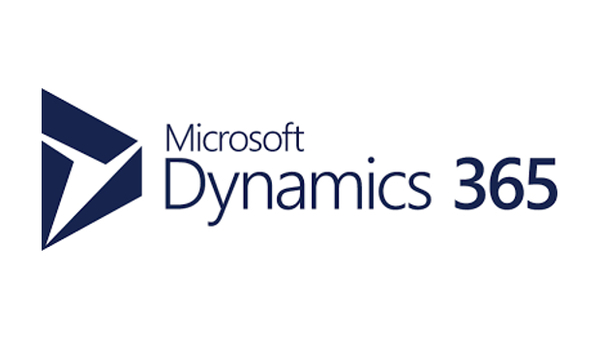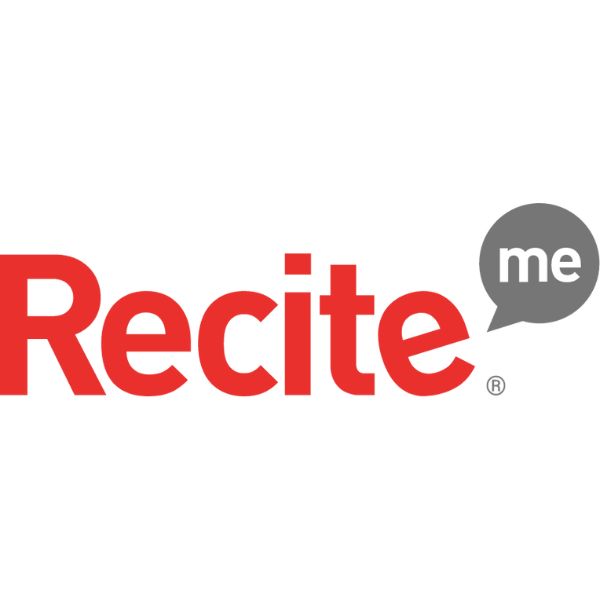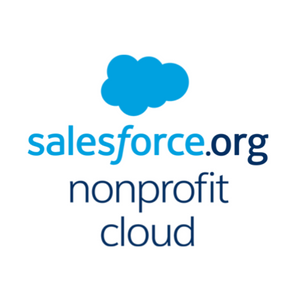Insights
INSIGHTS
All Topics
How digital access challenges impact charities and service users
Our research found that digital access is a roadblock to charities achieving their missions. We explore how
Click to listen to articleplay_arrow10:00
There are a lot of factors that go into making sure a person has access to the digital world. These include ensuring that the internet is available in a person’s area, that they can afford digital devices and online services, that devices and platforms are accessible to people with disabilities, and that people have the right skills to engage meaningfully online.
Our 2024 Digital Inclusion survey found that more eight in ten (82%) charities are concerned about digital exclusion, with a total of 88% saying their biggest digital challenge to achieving their charity’s mission related to digital access.
Over a third (35%) said their biggest digital challenge was affordability, while 34% said it was accessibility and skills, and 19% said it was the availability of infrastructure of devices.
In this article, we dig further into the qualitative responses to the survey, uncovering how challenges around digital access are impacting charities and their service users in 2024.
The challenge of variety and complexity
Digital exclusion can present itself in complex ways, with people experiencing a wide variety of challenges that can be complicated further when combined.
When asked what the biggest digital challenge to achieving their mission was, charity respondents repeatedly told us that digital exclusion access challenges were a barrier because of how varied they can be. Some expressed the difficulty of successfully engaging with a variety of people, all with different levels of digital skills and confidence, different digital preferences, and access to different devices.
One respondent reported that the variety of digital skills and access among volunteers was their charity’s biggest digital challenge: “Access to internet, devices and their skills are so varied, yet we need them all to meet similar standards and access our services.”
As well as the variety of digital inclusion barriers, many people experience different types of digital exclusion in combination. According to the Digital Poverty Alliance, around one in seven people experience digital exclusion in two or more ways, while one in seventeen are deprived across all dimensions of digital exclusion.
One respondent to our report reflected that their service users who have learning disabilities are frequently not online, have barriers to getting online or being safe online, or are directed to content which is not accessible for those with low literacy skills. In this case, a state of digital inaccessibility and an unsafe online environment can combine with other challenges such as each person’s digital skills and access to a device.
The difficulty with this state of variety and complexity is that there is no one-size-fits-all approach to including everyone digitally. This is particularly challenging given that a large number of charities reported a lack of funding and time to develop more sophisticated approaches to digital inclusion to address the complexity.
Unsuitable digital devices and platforms
When it comes to achieving charity missions, digital affordability and availability were key challenges.
Some respondents told us that their service users don’t own suitable devices to engage with the charity. According to Good Things Foundation, 1.5 million people don’t own a smartphone, tablet, or laptop in the UK in 2024. Reasons why people might not have a device include devices being too expensive, devices being inaccessible to people with disabilities, people lacking digital skills and confidence, and people not trusting online safety.
Charities who attempted to provide devices to their service users still had problems with the suitability of devices. In one example, laptops donated to the charity were often too old to run an up-to-date operating system, making them unsafe from a cyber-security standpoint. Donated devices can also have parts that need replacing, which, they told us, “can be costly”.
Charities such as Good Things Foundation and Digital Poverty Alliance can offer charities free, safe, refurbished devices to pass on to service users. As in the example above, these schemes rely on high-quality donations from organisations and individuals, requiring public awareness and people at large changing their approach to disposing of their electronic goods.
When it comes to digital platforms, another charity explained that they wanted to conduct user testing with their service users to ensure their digital services were suitable for them, but did not want to impose too much on the time of their service users who were already busy and experiencing difficult situations.
Digital inaccessibility
According to Scope, people with disabilities are over 50% more likely to face barriers to accessing digital and online services than non-disabled people. This is because digital tools and platforms are often designed in ways that are inaccessible for people with disabilities.
Our survey discovered that digital inaccessibility is posing a challenge to charities and their service users. One charity reported that its biggest challenge is making its digital hardware and software fully inclusive for adults with physical and learning needs.
Another highlighted that age can make it harder for service users to interact with inaccessible digital tools and platforms: “Reasons for this vary between arthritis in hands, eyesight, strokes, or dementia making digital devices too confusing or stressful to be useable.”
A third reported that their biggest challenge was service users with disabilities having to rely upon parents or carers to help them access the digital world due to its inaccessibility, and that many parents and carers do not see the benefits of independent access to the online world for the person they support.
These responses demonstrate the diversity of those impacted by digital inaccessibility and the variety of responses therefore needed to address it. This might include extra support and awareness-raising, improving accessible design, or providing access to assistive technology depending on the situation.
For those service users who are unable or choose not to go online, charities may be able to help them by amplifying their voices to decision makers in the context of digitalisation. As one survey respondent noted, the digitalisation of services such as healthcare, housing, and social security can worsen digital exclusion, creating challenges for people and the charities who support them.
Charities are also finding ways to become more accessible. In one example, a respondent told us how it is improving inaccessibility for its service users who have hearing impairments: “We are trying our best to make it digitally accessible for all service users…it is about access to British Sign Language as giving English instruction would not [always] benefit them”.
Unreliable internet or no internet
A number of charities told us that internet access is their biggest digital challenge to achieving their mission. Responses mentioned the limitations of broadband in “rural areas” and “underdeveloped rural areas with poor digital infrastructure”. The internet connectivity in the Scottish Highlands was highlighted as the biggest digital challenge for one charity.
In line with our findings, Wi-Fi access does vary in rural and urban areas in the UK, for example superfast broadband is available in 98% of homes in urban areas compared to 86% in rural areas. The Rural Services Network describe 3% of England’s rural landmass as “not-spots”, where no 4G signal is available. Scotland has the highest proportion of 4G not-spots in the UK (17%).
The Rural Services Network has told the House of Lords that superfast broadband speeds are needed “urgently” in rural areas “to level the playing field for rural residents and businesses”.
For other respondents of our survey, internet access was a problem in specific places of work, such as “at home” and “at the hall”. This could be due to working in a rural area, factors relating to how and where the Wi-Fi hub is set up, how many devices are using it, and even the time of day. Cheaper broadband packages can also provide slower internet, relating to problems of the affordability of adequate connection for individual people and access to digital funding for charitable organisations.
For some charities working in international conflict zones, the destruction and deterioration of digital infrastructure was reported as the biggest challenge to deliver their missions.
This could be having a significant impact on their service users, too. “Digital technologies directly affect people in need of humanitarian assistance,” states the European Civil Protection and Humanitarian Aid Operations. “They give them a voice and provide them with access to information and services.”
Download the full report below
Josie Sparling
More on this topic
Recommended Products
Recommended Products
Featured Products
15 Jan 2025by Jenny Phipps
Cyber security: what to look out for in 2025Sponsored Article
15 Jan 2025by kirsty marrins
AI and the future of service delivery
Our Events
Charity Digital Academy
Our courses aim, in just three hours, to enhance soft skills and hard skills, boost your knowledge of finance and artificial intelligence, and supercharge your digital capabilities. Check out some of the incredible options by clicking here.





